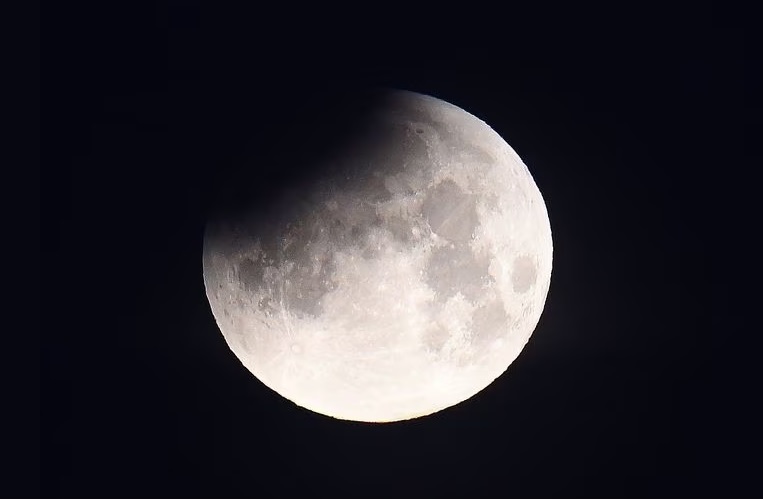Unfortunately, the most spectacular celestial event of the month — the annular solar eclipse on October 14 — is visible only in the Western Hemisphere, so we won’t see it in Ukraine. However, we will be able to observe a lunar eclipse that will occur on the night of October 28–29. However, during it, only 12% of the diameter of the Moon’s disk will sink into the Earth’s shadow. On the same night, we will need to set the clock back one hour and return to the standard (“winter”) time of the second eastern zone.

Also in October, the maximum western elongation of Venus will occur, during which the best conditions for its morning visibility will develop. The closing of the bright star Antares by the moon can be seen in the evening of October 18. In most of Ukraine, its disappearance and appearance will occur in the bright sky before sunset. In addition to the recently passed maximum approach to the Earth comets Encke and Hartley 2, which in the coming month will be in perihelion, the newly discovered comet Lemmon (C/2023 H2 Lemmon) will also fly to our luminary at the minimum possible distance. At the same time, its brilliance may exceed the 8th magnitude, and it will be located on the celestial sphere conveniently enough for observers of the Northern Hemisphere. Astronomers do not expect any surprises from the regular October meteor showers of the Draconids and Orionids this year.
October 2
- The Moon is 3° north of Jupiter (-2.8ᵐ)
- The Moon is 2° north of Uranus (5,7ᵐ)
October 6
- The Moon is in the last quarter phase
October 9
- Maximum of the Draconids meteor shower (up to 20 meteors per hour)
October 10
- The Moon is 5° north of Regulus (α Leo, 1,3ᵐ)
- The Moon is 7° north of Venus (-4.5ᵐ)
- The Moon is at the apogee, 405,425 km from Earth
October 12
- The Moon is 4° west of comet Encke (2P/Encke, 6ᵐ)
- Comet Hartley 2 (103P/Hartley, 8ᵐ) at perihelion, 1,064 AU (159 million km) from the Sun
October 14
- New moon. Annular solar eclipse (not visible in Ukraine)
October 18
- The Moon occults Antares (α Scorpio, 1,0ᵐ)
October 20
- Mercury is in superior conjunction with the Sun
October 22
- The Moon is in the phase of the first quarter
- Comet Encke (5ᵐ) at perihelion, 0.340 AU (50.8 million km) from the Sun
- Maximum of the Orionids meteor shower (up to 20 meteors per hour)
October 23
- Venus in the greatest western elongation (46°25’ from the Sun)
October 24
- The Moon is 4° south of Saturn (0.7ᵐ)
October 26
- The Moon is 2° south of Neptune (7,8ᵐ)
- The Moon is at perigee, 364,872 km from Earth
October 28
- Full moon. Partial lunar eclipse (visible in Ukraine)
October 29
- The Moon is 3° north of Jupiter (-2.9ᵐ)
- Comet Lemmon (C/2023 H2 Lemmon, 8ᵐ) at perihelion, 0.894 AU (134 million km) from the Sun
October 30
- The Moon occults the star δ Arietis (4,3ᵐ)
- The Moon is 2° north of Uranus (5,6ᵐ)
Follow us on Twitter to get the most interesting space news in time
https://twitter.com/ust_magazine
